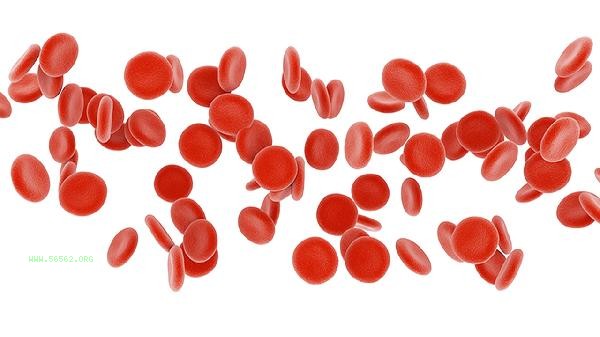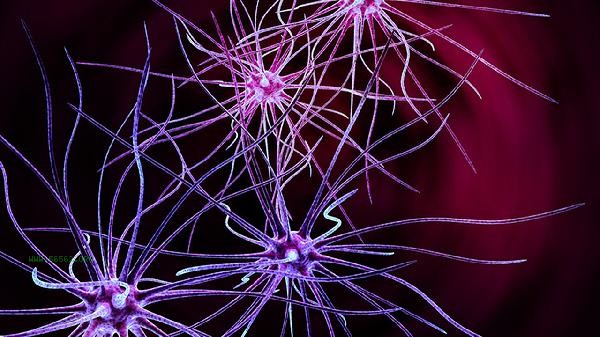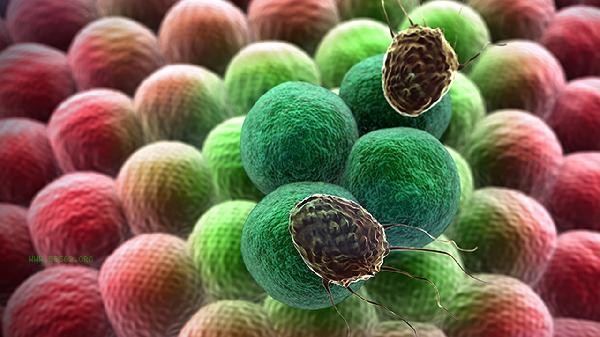A high percentage of eosinophils may be caused by allergic reactions, chronic inflammation, bone marrow proliferative diseases, endocrine disorders, or drug factors, and should be comprehensively judged in conjunction with other examination indicators.

1. Allergic reactions: When eosinophils participate in allergic reactions, they release mediators such as histamine, leading to an increase in percentage. Commonly seen in hay fever, food allergies, or allergic dermatitis, it may be accompanied by symptoms such as skin itching and urticaria. Allergen testing can identify the cause, and antihistamines such as loratadine can alleviate symptoms. In severe cases, corticosteroids should be used.
2. Chronic inflammation:
Chronic inflammatory diseases such as rheumatoid arthritis and ulcerative colitis can stimulate bone marrow hematopoietic function and increase the production of eosinophils. These patients usually have symptoms such as elevated C-reactive protein, joint swelling and pain, or diarrhea. Treatment should be targeted at the primary disease, such as using sulfasalazine to control intestinal inflammation.
3. Bone marrow proliferative diseases:
Polycythemia vera, chronic myeloid leukemia, etc. can lead to abnormal proliferation of eosinophils, often accompanied by significant increases in platelets or white blood cells. Bone marrow puncture examination can confirm the diagnosis, and treatment with cytotoxic drugs such as hydroxyurea or interferon is required. If necessary, hematopoietic stem cell transplantation can be performed.

4. Endocrine disorders:
Hypothyroidism and abnormal estrogen levels may affect granulocyte differentiation, leading to an increase in the proportion of basophils. Patients often have symptoms such as chills, fatigue, or menstrual disorders, which can be diagnosed through six tests of thyroid function and sex hormones. Left thyroid hormone supplementation or endocrine regulation therapy is needed.
5. Drug factors:
Long term use of estrogen preparations, anti tuberculosis drugs such as isoniazid, etc. may interfere with the bone marrow microenvironment, leading to a transient increase in eosinophils. Normally, it returns to normal after discontinuation of medication, and regular monitoring of blood routine is required during medication. If necessary, alternative medications should be replaced. When the percentage of eosinophils is found to be high, it is recommended to improve peripheral blood smear, bone marrow examination, and specific marker testing. Daily exposure to known allergens should be avoided, a balanced diet should be maintained to maintain immune homeostasis, and moderate supplementation of vitamin B and iron elements should be taken. For those with persistent abnormalities, blood routine tests should be rechecked every 3 months and related symptom changes should be monitored to avoid vigorous exercise to prevent potential bleeding risks. Patients with underlying diseases must strictly follow medical advice to adjust their treatment plan and should not take drugs that affect hematopoietic function on their own.









Comments (0)
Leave a Comment
No comments yet
Be the first to share your thoughts!